Three Mile Beach is situated in one of the most glorious places for wildlife-watching in Cornwall, writes local nature-writer and photographer, David Chapman. In a series of features David shares his knowledge of the wildlife that can be found in the towans (a local name for dunes) within a short walk of your beach house. Here he begins with a look at wildflowers.
The towans are dominated by grasses, particularly marram grass, but there are patches of wildflowers to be found especially where the sandy ground has been disturbed by the activity of rabbits. Look carefully at the flowers and you might notice the special adaptations that many of them have developed to conserve water in an environment which has free-draining soil and a desiccating breeze.
Two species of stonecrop grow here, you will even find some growing on rooves. The biting stonecrop has yellow flowers, whereas the flowers of the English stonecrop are pink or white, but both plants have succulent leaves, like a cactus. Sea spurge is a distinctive plant with an understated flower, it has fleshy leaves on tall stems which grow in clumps. Inside its stems it has an acrid white sap, this helps the plant to store water and is unpleasant to the taste, so the many rabbits of the area leave it well alone.
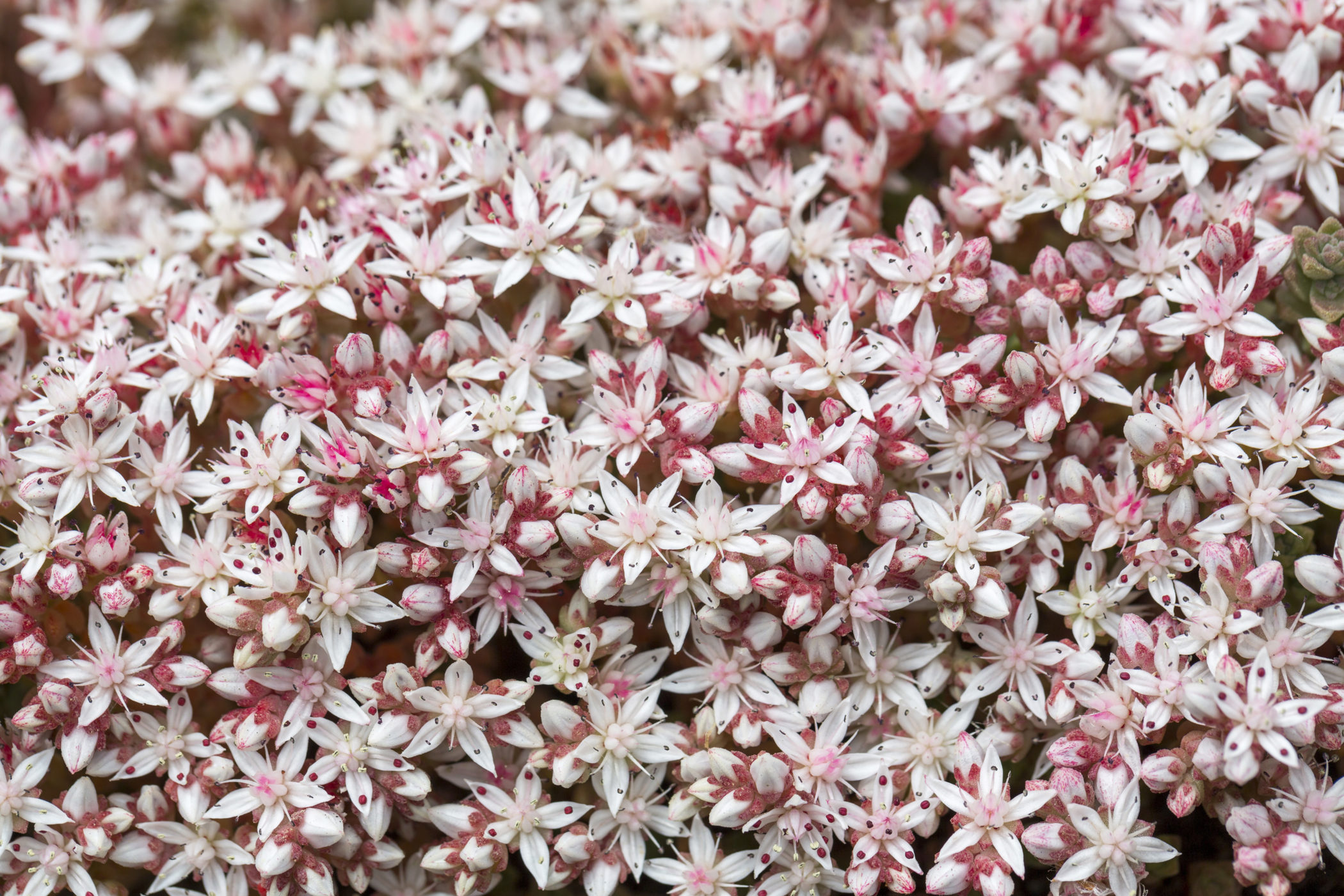
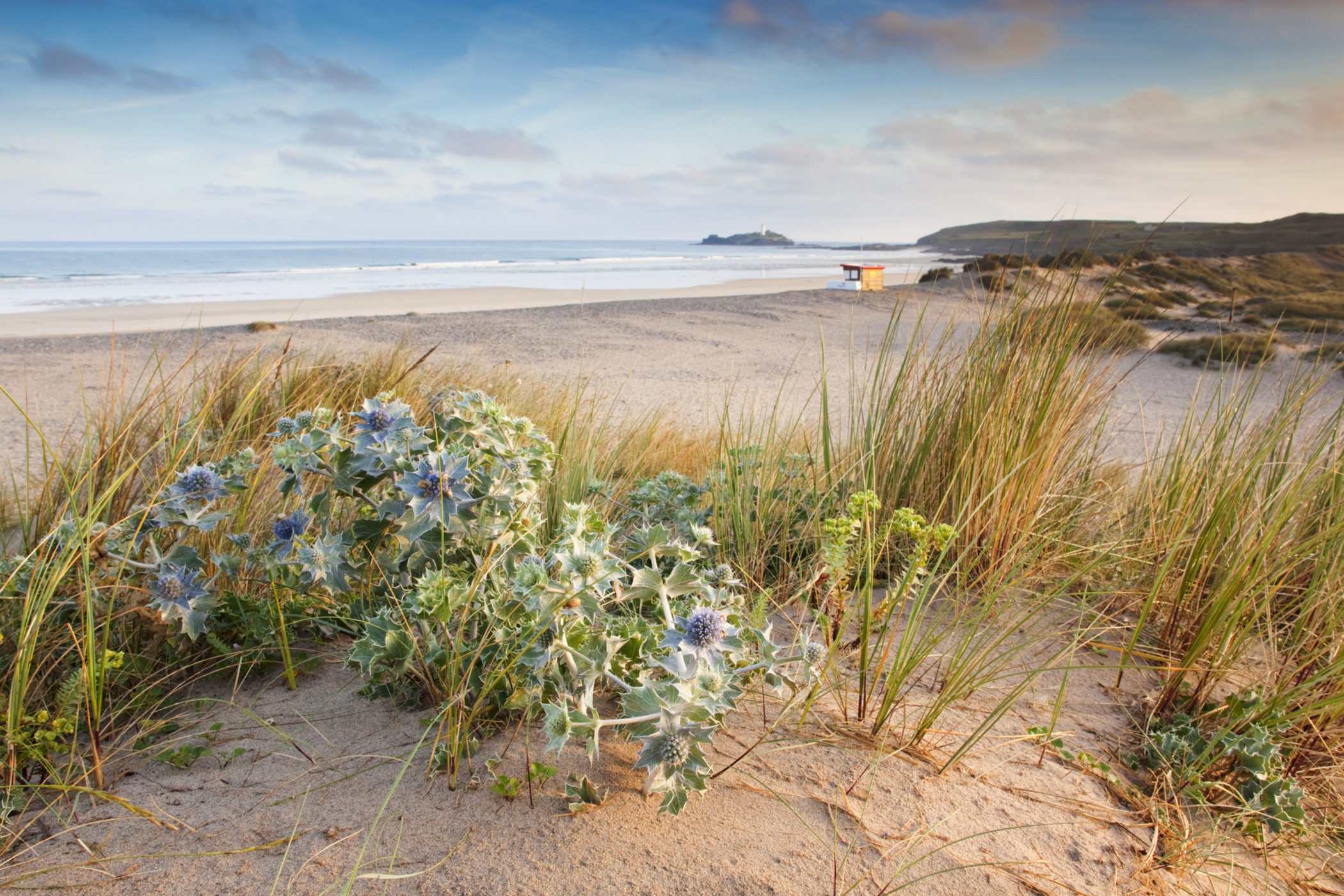
wildflowers near st gothian sands
Take a walk towards Godrevy from Gwithian to see the best area for wildflowers. Not far from Gwithian you come into sight of a lake in the nature reserve called St Gothian Sands. As you walk down the slope towards the nature reserve have a look in the area a little way inland.
The short sword here is dominated by patches of the very purple wild thyme and, if you get down on your hand and knees you should find the tiny white flowers of eyebright, a flower still used in homeopathic treatments for eye conditions. Much larger is the majestic sea holly, this is the best place in Cornwall to see their powder-blue flowers, but don’t be tempted to touch them, their spines are incredibly strong and sharp. There is another blue flower worthy of note, the viper’s bugloss was named because its stamens look like a viper’s tongue, it grows widely across the dunes and its tall bristly flower spikes look great against a setting sun.
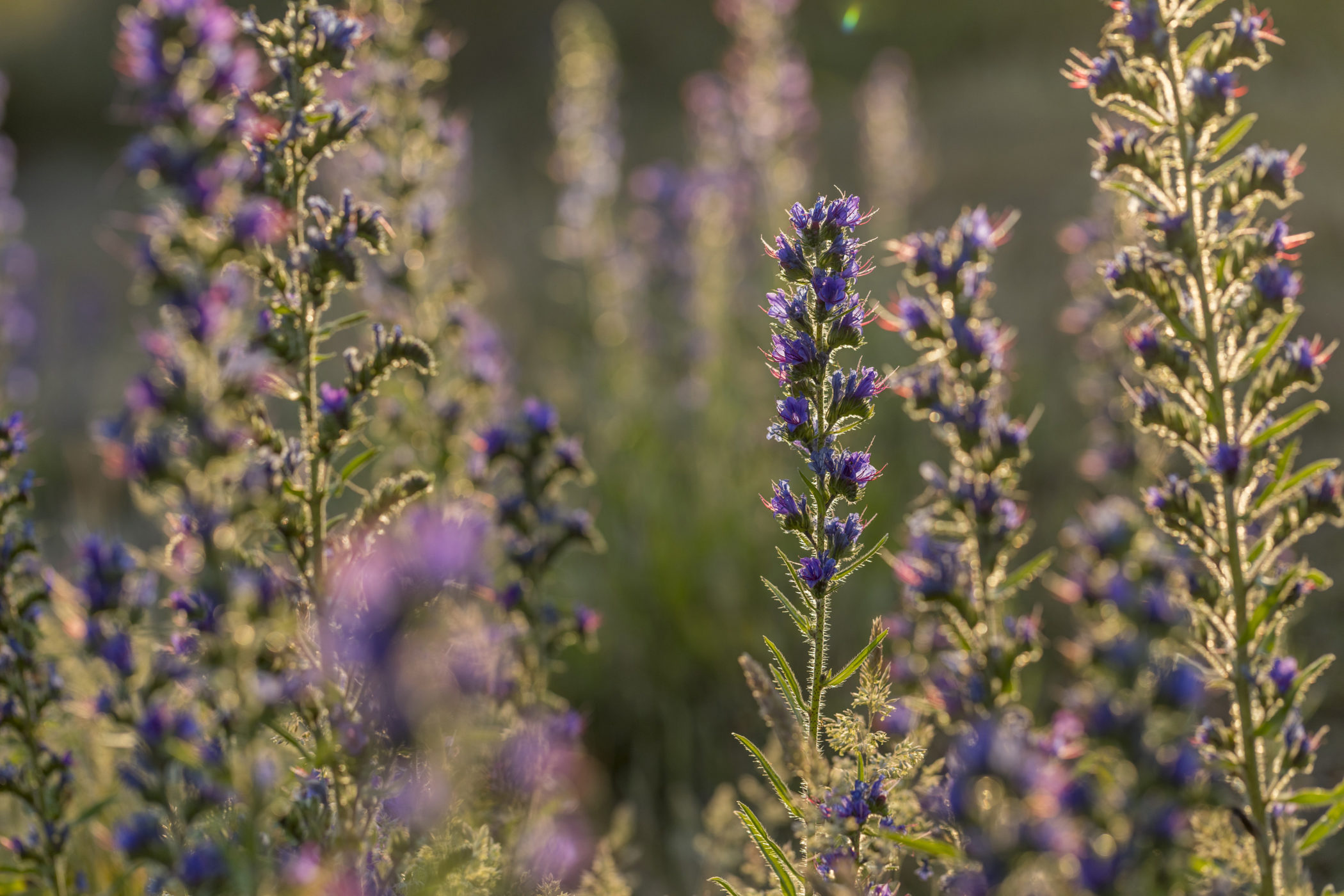
Scattered throughout the area are patches of bird’s-foot trefoil with its vivid yellow flowers, attractive to a wide range of insects. Lady’s bedstraw is another yellow flower, this one was used to provide a sweet scent to a straw mattress! Standing proud of these in late June and July are the pyramidal orchids, their tall, leafless stems, are topped with a beautiful pyramidal-shaped pink flower.
To see more orchids walk down to the reserve and enter the accessible enclosure where you might find hundreds of southern marsh orchids in May and June. The only other orchid you will find on the towans are the autumn lady’s tresses which flower in August and September but these are very small and difficult to spot.
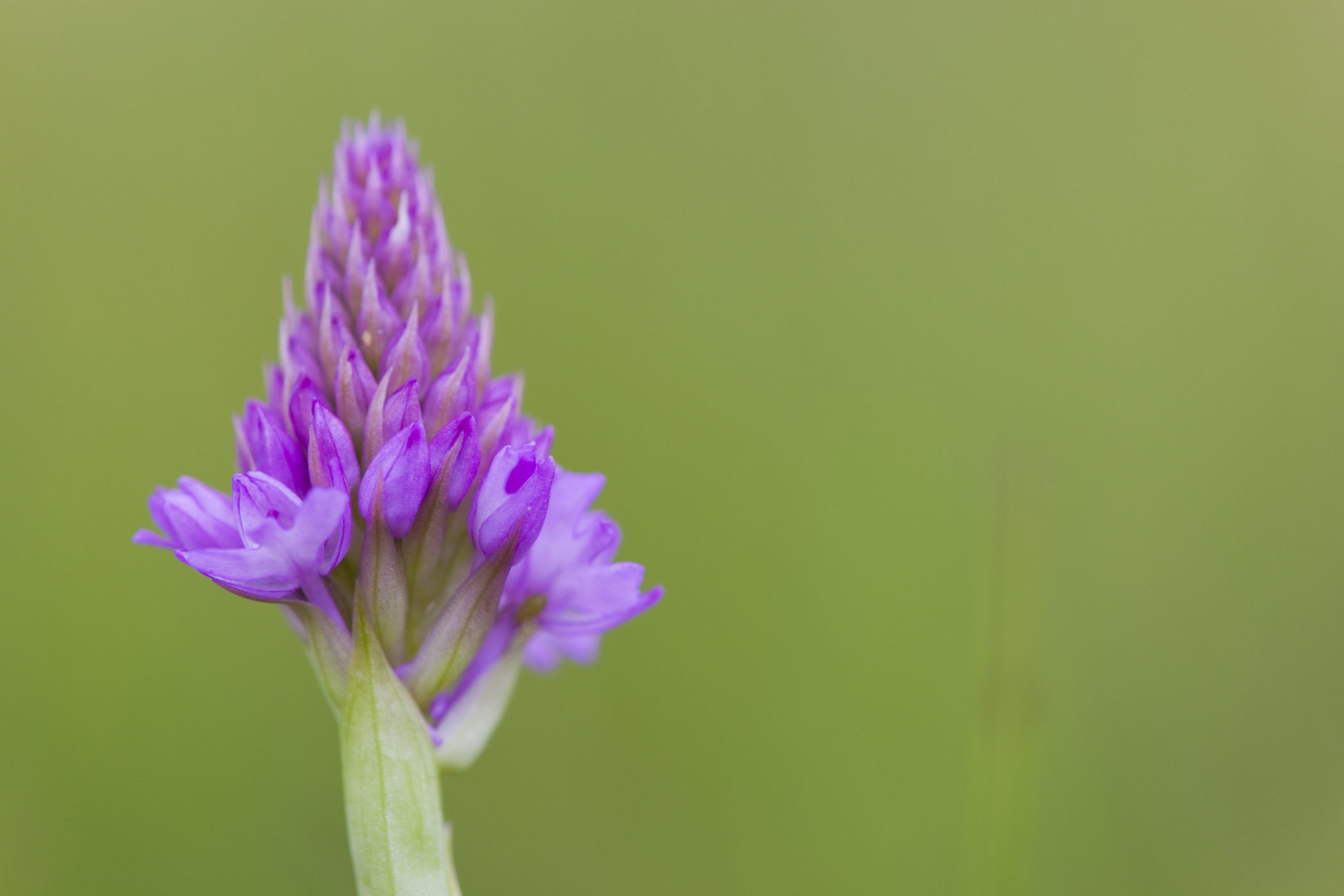
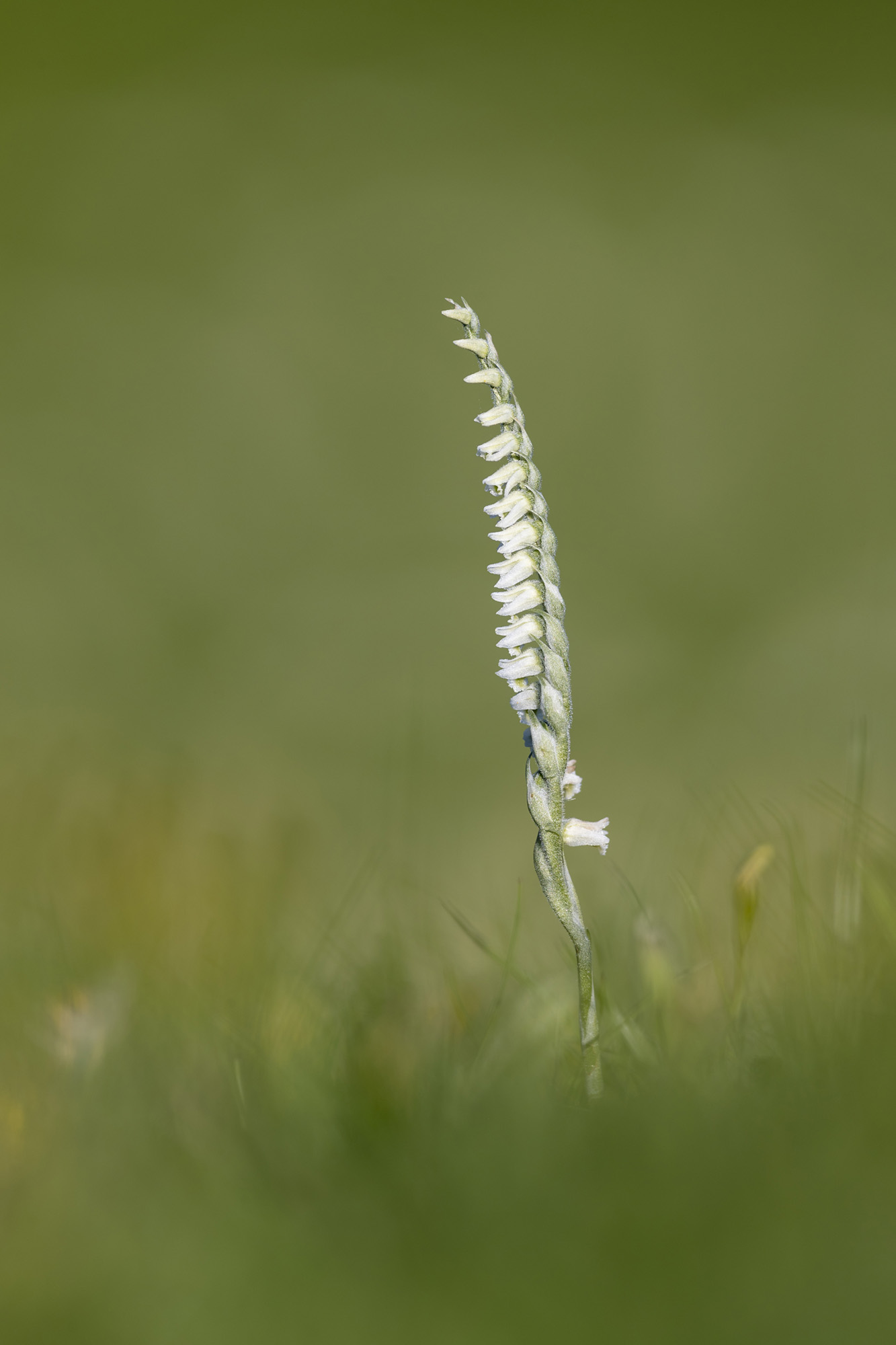
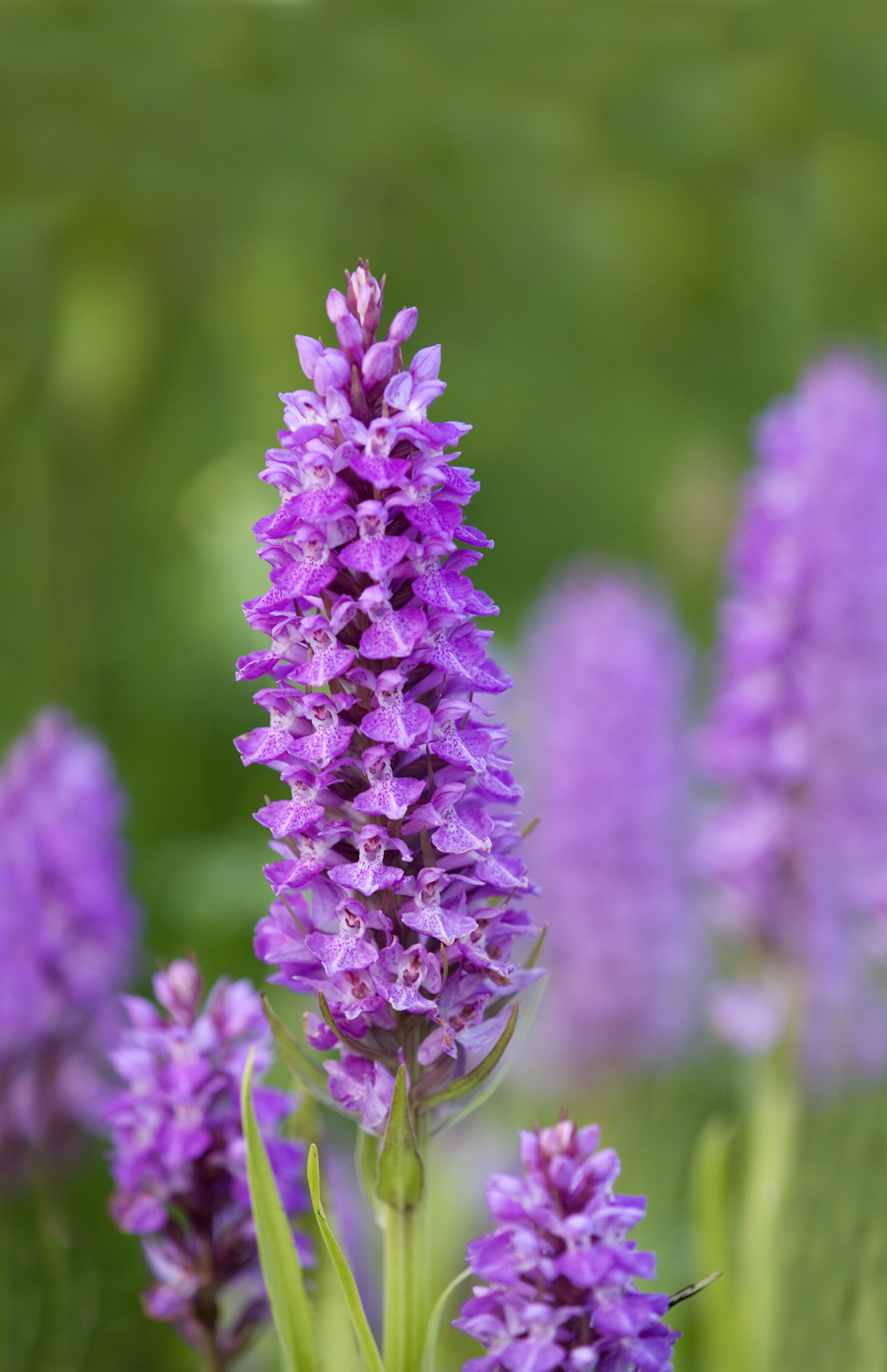
The gravelly area at St Gothian Sands has a few yellow-horned poppies which flower in July and August and another large yellow flower, the evening primrose, can be found here.
Continue to the headland at Godrevy to see a whole new set of flowers. In spring we have cowslips followed by banks of the pretty pink flowers of thrift and where you see thrift you will find sea campion, kidney vetch, scurvygrass, wild carrot, rock samphire, sheep’s-bit scabious and more!
Later in the summer, on the rocky headland we have the pink and purple hues of heather and bell heather growing amongst the gorse, most of which is stunted due to its exposed location.
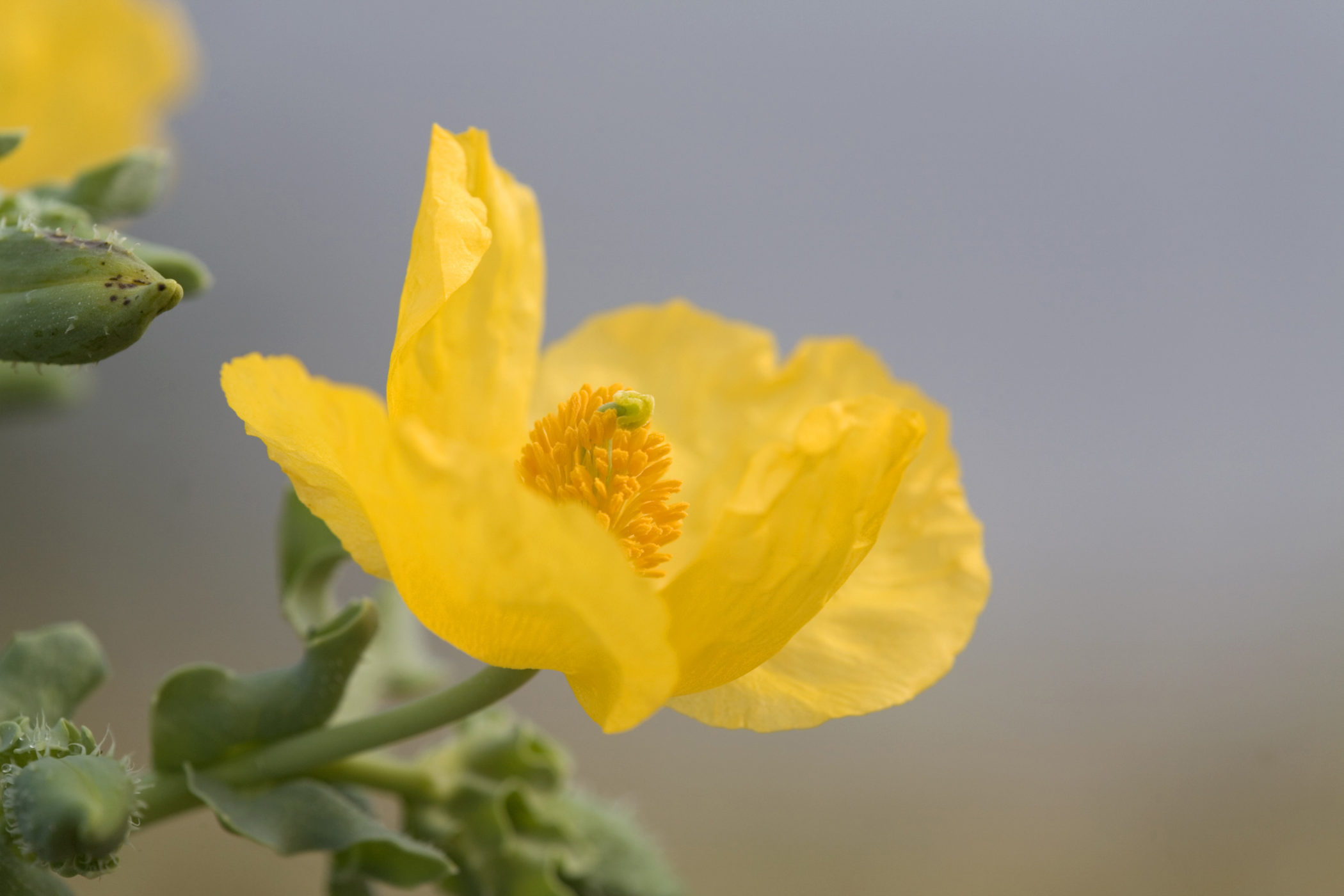
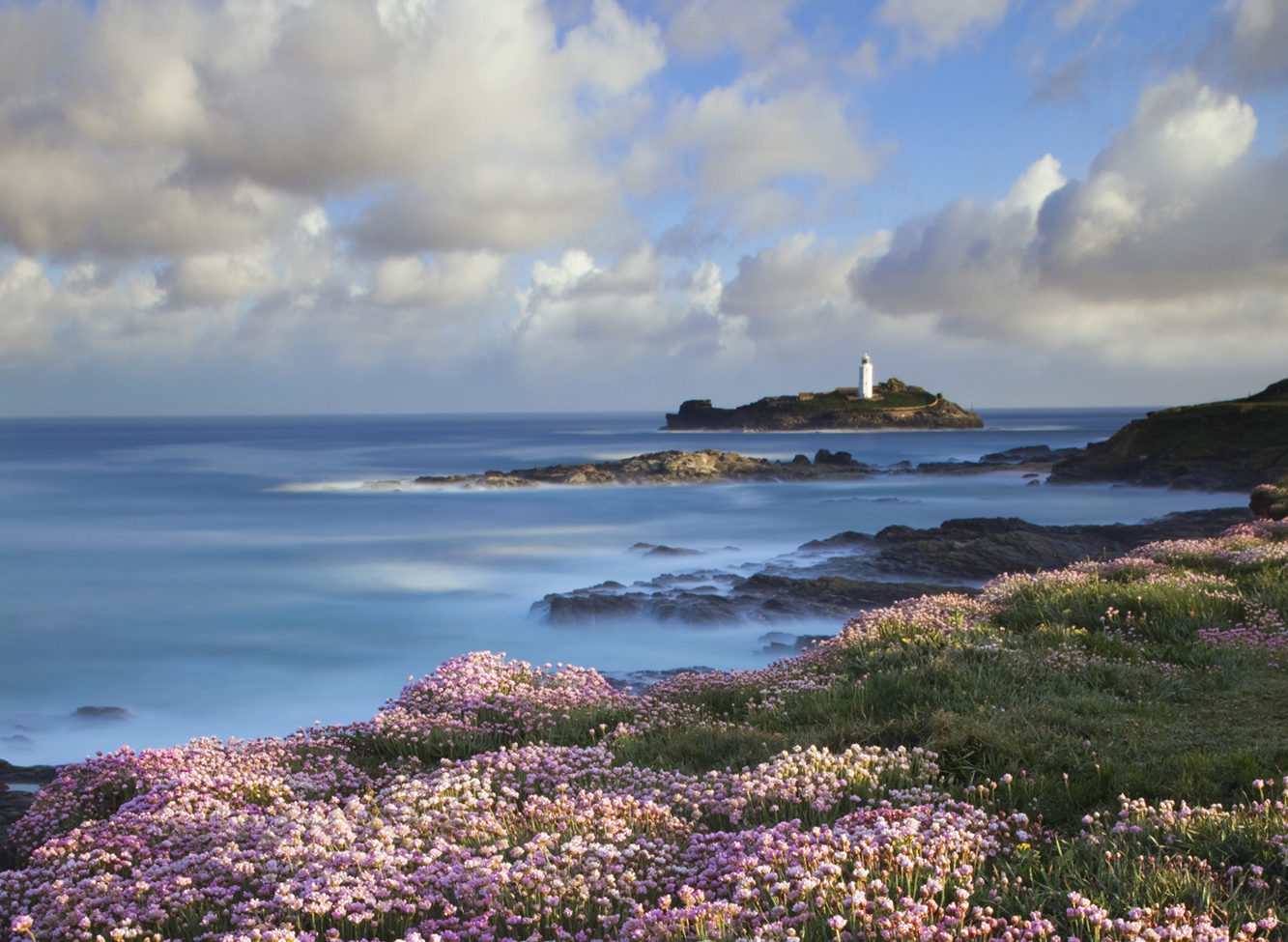
We have come less than a mile and I feel I have hardly scratched the surface of the wildflowers that can be seen here but maybe it is more important to rest and allow your senses to be freed. Fill your lungs with the scent of gorse, touch the spines of a sea holly and admire the colours of the flowers set against one of the most stunning backdrops in the world.
See more of David’s images on his website.
Discover more about Three Mile Beach
Stay
Explore our luxury 2, 3 and 4 bedroom beach houses.
Lowdown for dogs
Good doggies come on down. Dogs are more than welcome at Three Mile Beach.
Lowdown for families
Three Mile Beach is a safe, running-around, playing, swimming, and exploring heaven.
Three Mile Beach interior design
Founder and chief stylist Jo shares her inspiration for the details that make our beach houses like no other beach houses.
Gwithian Towans Beach
Our absolute fav beaches that are right on your doorstep here at Three Mile Beach.
DISCOVER MORE ABOUT THREE MILE BEACH AND ST IVES BAY
Back To Nature At Three Mile Beach
David shares his knowledge of the wildlife that can be found in the Towans (a local name for dunes) within a short walk from Three Mile Beach.
Winter Wildlife in Cornwall
Explore birds that spend the winter in West Cornwall with David Chapman.
Wild West Cornwall: Looking for Wildlife at the Hayle Estuary
Three Mile Beach is situated in the west of Cornwall, a wild and wonderful part of the county bursting with beauty and brilliant birdlife writes local naturalist and photographer, David Chap…
Back to nature: Insects
Local wildlife photographer, David Chapman, picks out the best places to see butterflies, moth and glow worm in Gwithian and Upton Towans.
Autumn wildlife
West Cornwall is a fantastic place to experience the full force of nature at this colourful and dramatic time of year.
St Ives Bay Wildlife & Tours
Cornwall’s wildlife is all around you if you know where to look.